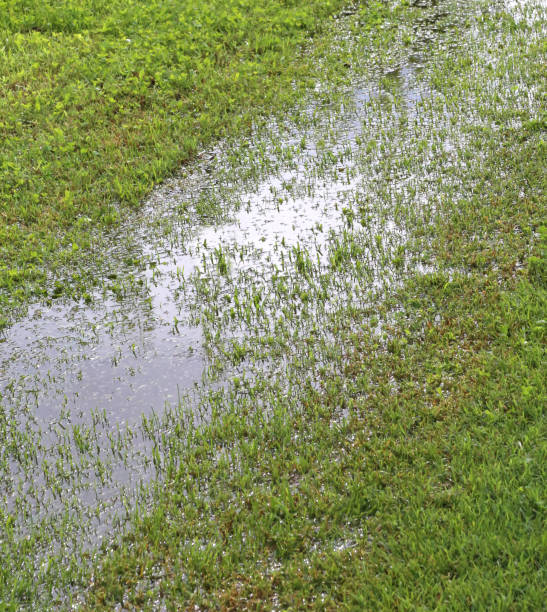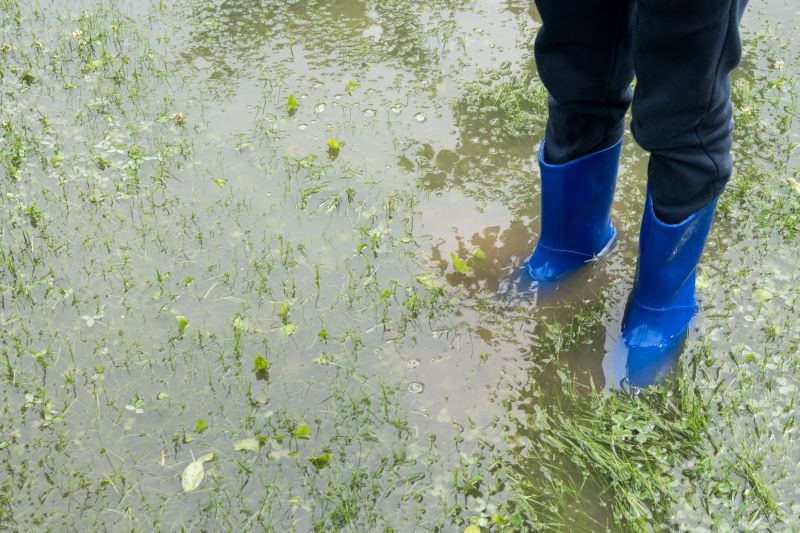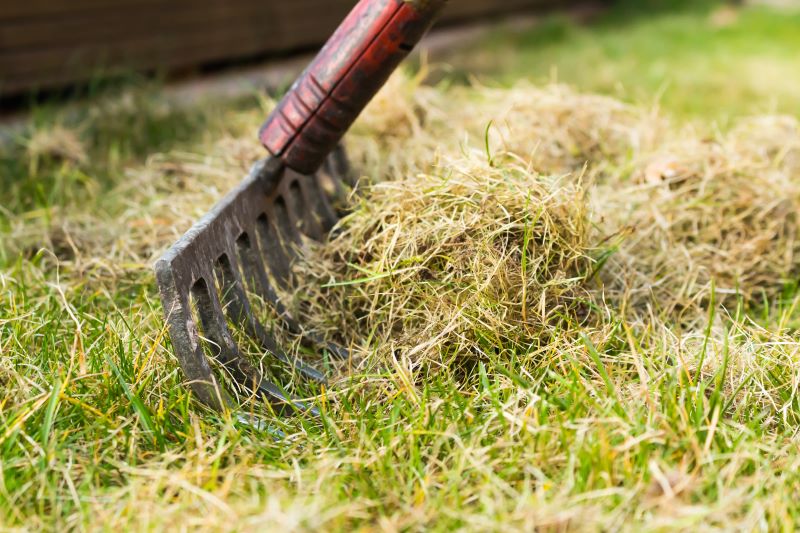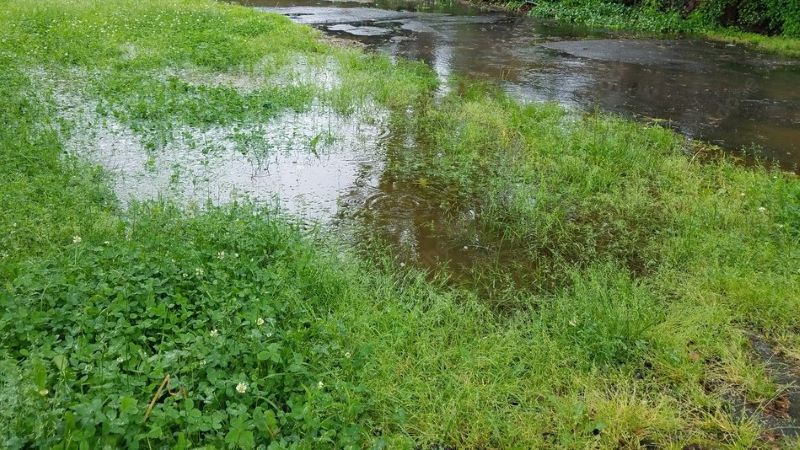3 min read
589 words
Standing water in your yard or garden can be a real headache. Not only can it damage your plants and grass, but it can also become a breeding ground for pesky mosquitoes. But what is standing water– It is any accumulated water that remains in one place for an extended period without draining or evaporating. It’s a common issue in many outdoor spaces and can lead to many problems if left unaddressed. This article will discuss practical strategies to prevent water accumulation from becoming a problem in outdoor areas.

Proper Grading
One of the most fundamental steps in preventing standing water is to ensure that your landscape has proper grading. Your yard should be sloped away from your home’s foundation. Proper grading allows rainwater to flow away from your house and into designated drainage areas rather than pooling around your property.
Adequate Drainage
Having an efficient drainage system is key to avoiding standing water. This may include installing French drains, swales, or catch basins to redirect excess water. These drainage solutions help collect and channel water away from low-lying areas, ensuring that it doesn’t accumulate and cause problems.
Regular Gutter Maintenance

Clogged or damaged gutters can contribute to such issues. Ensure that your gutters are clean and free from debris. To prevent blockages caused by leaves and debris, consider the installation of gutter guards. Properly functioning gutters will direct rainwater away from your home’s foundation.
Use of Permeable Surfaces
Opt for permeable surfaces such as permeable pavers, gravel, or mulch in areas where water tends to accumulate. These surfaces allow rainwater to infiltrate the ground, reducing the risk of pooling.
Rain Gardens
They are designed to capture and manage excess rainwater. By planting water-absorbing plants and creating a depression in your landscape, you can create an attractive feature that helps prevent standing water.
Regular Yard Maintenance
Keep your yard well-maintained by trimming overgrown vegetation and removing debris. Tall grass and weeds can trap water, leading to standing water issues. Regular yard maintenance ensures proper water flow and reduces the risk of puddling.
Consider a Sump Pump
In areas prone to significant rainfall or where drainage is a persistent challenge, installing a sump pump can be a valuable solution. A sump pump removes excess water from basements or crawl spaces, helping to keep your home dry and free from standing water.
Downspout Extensions
Extend downspouts away from your home’s foundation. Downspout extensions can carry rainwater several feet away from your house, preventing it from accumulating near the base.
Create Swales
Swales are shallow ditches that direct water flow away from problem areas. By incorporating swales into your landscaping, you can channel water to more suitable locations.
In conclusion, understanding what is standing water and taking proactive measures to prevent its accumulation is vital for maintaining a healthy and thriving landscape. Addressing this issue can ensure your outdoor spaces remain enjoyable and free from potential hazards. Proper grading, drainage systems, regular maintenance, and strategic landscaping choices can make a significant difference in avoiding standing water issues. By implementing these strategies, you can enjoy a lush and water-free outdoor environment.

Remember, standing water prevention is not just about aesthetics; it’s about safeguarding the health of your plants, preventing mosquito breeding, and protecting your property’s foundation. Take the necessary steps today to ensure that standing water doesn’t become a recurring problem in your outdoor space. Doing so will create a more enjoyable and sustainable environment for your home.
Check out our backyard tips and ideas for getting your backyard ready for summer.
